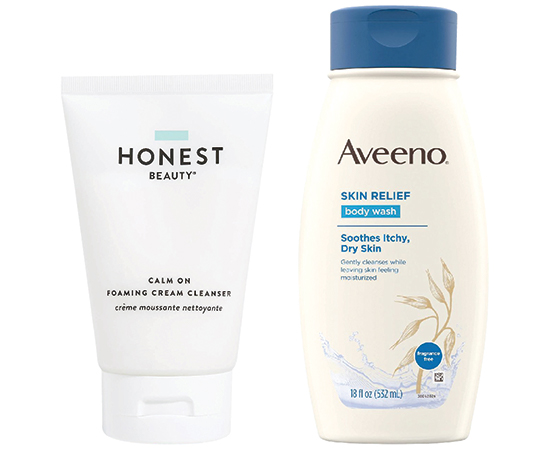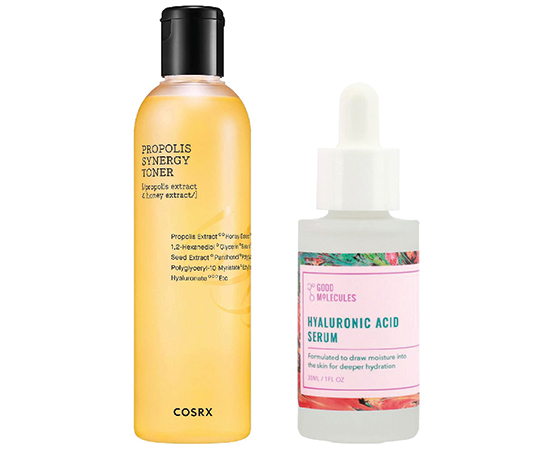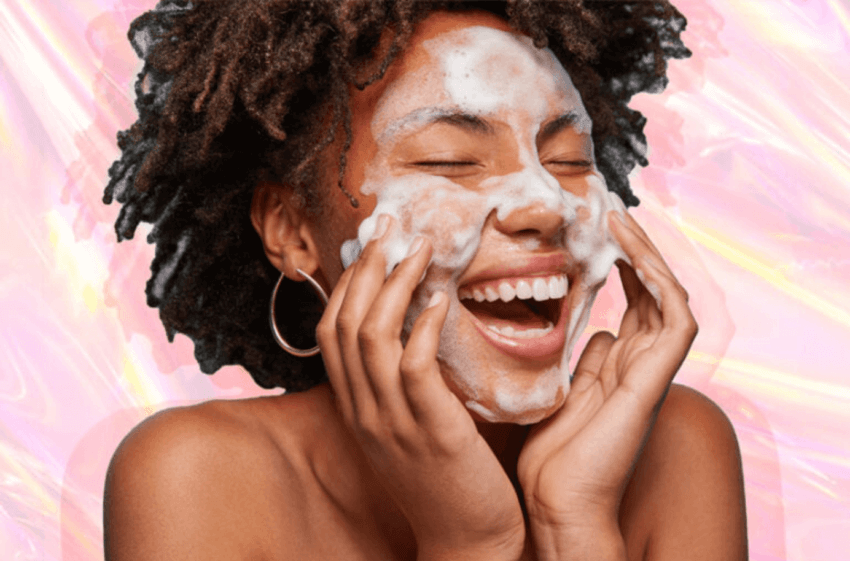How To Take Care Of Your Skin During And After Chemotherapy

Skincare is probably one of the last things on your mind while undergoing or recovering from chemotherapy treatment, and that’s totally OK. Still, it’s nice to have a small self-care regimen in the morning and evening and, at the very least, cleansing and moisturizing should remain a daily staple. The thing is, skin undergoes changes while doing chemotherapy, and some of these changes persist even in the months that follow your treatment, so using products that agree with your skin is important.
We received several requests for a guide on how to take care of skin during and after chemotherapy, so we reached out to several experts to gain some insight on the topic. Below we’re covering everything from what sort of changes to expect, which products to avoid, and which you should make sure to incorporate into your regimen.
How Chemotherapy Affects Your Skin
In a nutshell, chemotherapy works by targeting rapidly dividing cells. Cancer antigens (CA) divide quickly, which is why chemotherapy is one of the premier treatment options.
While chemotherapy is an effective treatment, it doesn’t quite distinguish between healthy cells and bad cancer cells, so other parts of your body are affected, as well. This is why side effects include nausea, vomiting, fatigue, and hair loss. Although it’s not as commonly discussed, chemotherapy also affects the health of your skin.
“The reactions from chemo can be as simple as dry, sallow skin all the way to a complete redness and peeling of the entire skin,” explains Dr. Anna Guanche, a board-certified dermatologist based in Calabasas, California. “Some cause what is called ‘UV [ultraviolet] recall’ where the areas that were sunburned in the past become red again. Some cause tender nodules in the fingers, and some cause severe cystic acne.
She adds that chemo patients might also experience what’s called “dysesthesia,” which is a numbness and burning of the skin. Ultimately, there’s no easy generalization for how chemo affects skin since side effects vary based on the type of CA being treated. The good news is that after you’ve completed chemotherapy treatment, the skin-related side effects aren’t permanent, and they will subside with time and care.
The Best Skincare Regimen During Chemotherapy
If you’re currently undergoing chemotherapy, the best skincare approach is a highly gentle one that prioritizes protection. That means fragrance-free products, cleaner formulations, non-abrasive ingredients, and barrier-bolstering, sun-protecting products!
“Improving the skin protection barrier with skincare ingredients such as ceramides, fatty acids, and hyaluronic acid is crucial,” notes Dr. Stacy Chimento, a board-certified dermatologist at Riverchase Dermatology in Miami, Florida. “The skin barrier needs to be protected in order to function properly. It protects the skin from allergens and pollutants, and it creates a buffer against harmful bacteria, viruses, and fungi while also locking in moisture.”
An example of a good skincare regimen during chemotherapy looks like this:
Step 1: Gentle cleanser such as Honest Calm On Foaming Cream Cleanser, $17.99 and Aveeno Skin Relief Fragrance Free Body Wash for Dry Skin, $6.99.

Step 2: Hydrating toner and/or serum, such as COSRX Full Fit Propolis Synergy Toner, $22, and Good Molecules Hyaluronic Acid Serum, $6.

Step 3: Rich cream or balm infused with ceramides, butters, and fatty acids, such as Naturopathica Gotu Kola Intense Repair Balm, $68, and Jart+ Ceramidin™ Cream, $48.

Step 4: Religious application of broad-spectrum sunscreen with at least 30 SPF, such as Loretta Urban Antioxidant Sunscreen SPF 40, $50, and Sun Bum Baby Bum SPF 50 Sunscreen Lotion, $13.80

The above skincare regimen is really all you need during chemotherapy. Until treatment is over, it’s best to avoid potential skin irritants and abrasive/drying ingredients such as alpha-hydroxy acids (AHAs), beta hydroxy acids (AHAs), retinols, enzymes, and physical scrubs. Dr. Guanche adds, “For individual issues, the oncologist who prescribes particular regimens is generally aware of common side effects. If not, a consultation with a dermatologist is in order.”
How to Improve Skin Health After Chemotherapy
In the one to three months following chemotherapy, maintain the above regimen to give your skin ample time to heal. Continue avoiding harsh exfoliants and put off any aggressive in-office skin procedures, such as peels, injectables, lasers, and microneedling. You can, however, indulge in hydrating facials using clean/simple ingredients.
Once you’ve been given the green light from your oncologist and/or dermatologist, you can begin incorporating treatments that expedite the health of your skin. This might include a gentle glycolic or enzyme peel, a low concentration retinoid, or if you prefer more dramatic effects, you could consider injectables such as dermal fillers to replace lost volume or Botox to target fine lines.
“Gentle peels (Jessner’s) can help reduce pigmentation that can occur with chemotherapy, and depending on the skin condition and permission from the oncologist, collagen-stimulating procedures can be performed,” says Dr. Guanche. “I believe that the sooner you look fresh, the better. There is a mind-body connection and getting that confidence and smile back are everything for your health!”
Ways to Expedite Hair Growth Following Chemotherapy
Another side effect of chemotherapy is hair loss, which, believe it or not – is also a dermatological/skin issue. After you’ve completed chemotherapy and have received the green light from your doctor, you can begin expediting the regrowth of your hair.
Dr. Guanche says this starts with a nutrient-dense, high protein diet. The more colorful your diet, the better, and taking a multivitamin can help, as well.
“There are also supplements that encourage hair growth specifically, such as biotin [try Vegamour GRO Biotin Gummies for Hair, $28)], Viviscal Professional Treatments, $60, and Nutrafol Women ($88),” she says. “Platelet rich plasma (PRP) treatments can also help.”

Dr. Chimento adds that you can also try using a Minoxidil treatment twice daily. This is the ingredient found in Rogaine, and it essentially stimulates hair growth on your scalp. You do not need a prescription for this. Hers and Hims sell 2% and 5% topical minoxidil treatments.
For your lashes and brows, you can try a product such as Latisse. This requires a prescription, which you can get from your dermatologist. There are also digital health companies – such as Apostrophe – that can write a prescription and will even ship the product right to your door after your online consultation.
At the end of the day, skincare during chemotherapy is all about taking a gentle and protective approach. This regimen ought to continue in the few months that follow your treatment. From there, you can begin addressing some of the skin side effects of chemotherapy, such as hyperpigmentation, dryness, dullness, and loss of volume.
Most importantly, remember to be gentle with your skin and kind to yourself.





















Leave a comment